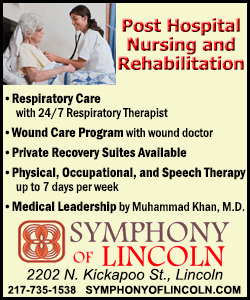|
 Researchers said on Thursday much of the potentially
cancer-causing damage wrought by ultraviolet radiation from sunlight
or tanning beds occurs up to three to four hours after exposure
thanks to chemical changes involving the pigment melanin. Researchers said on Thursday much of the potentially
cancer-causing damage wrought by ultraviolet radiation from sunlight
or tanning beds occurs up to three to four hours after exposure
thanks to chemical changes involving the pigment melanin.
But there is some good news. The researchers said it may be possible
to develop sunscreen that protects against this type of damage.
Melanoma, closely linked to UV exposure, accounts for most skin
cancer deaths.
The role of melanin, responsible for our skin, eye and hair color,
in promoting DNA damage was a surprise because melanin was
previously known to play a protective role by absorbing much of the
UV energy before it penetrates the skin.
"But the unusual chemical properties of melanin that make it a good
UV absorber also make it susceptible to other chemical reactions
that just happen to have the same end result as the UV," said
Douglas Brash, a therapeutic radiology and dermatology professor at
the Yale School of Medicine whose study appears in the journal
Science.
 The researchers revealed this aspect of melanin in experiments
involving human cells in a lab dish as well as lab mice and mouse
cells in a dish.
UV exposure can cause DNA damage that may spur carcinogenic
mutations in melanin-producing cells called melanocytes.
The researchers exposed mouse and human melanocytes to radiation
from a UV lamp. The cells experienced DNA damage immediately but the
damage also continued for hours. In fact, half of the damage
occurred in the hours after exposure.
[to top of second column] |

After a type of chemical reaction called chemiexcitation, also
witnessed in bioluminescent creatures including fire flies, energy
gets transferred to DNA to potentially cause mutations.
"People should be aware of the chemistry initiated in the skin after
the UV exposure so that they can take proper care of themselves
whenever going out in the sun or to the beach," said Yale School of
Medicine researcher Sanjay Premi.
"We'd like to find new ingredients for sunscreens that will block
these reactions," Brash added. "But in the meantime, I tell people
to enjoy the sun but just don't lie on the beach between 10 a.m. and
2 p.m., and wear a hat. Sunscreens are useful, too, so long as they
block both UVB and UVA," two kinds of ultraviolet rays.
(Reporting by Will Dunham; Editing by Sandra Maler)
[© 2015 Thomson Reuters. All rights
reserved.]
Copyright 2015 Reuters. All rights reserved. This material may not be published,
broadcast, rewritten or redistributed.
 |